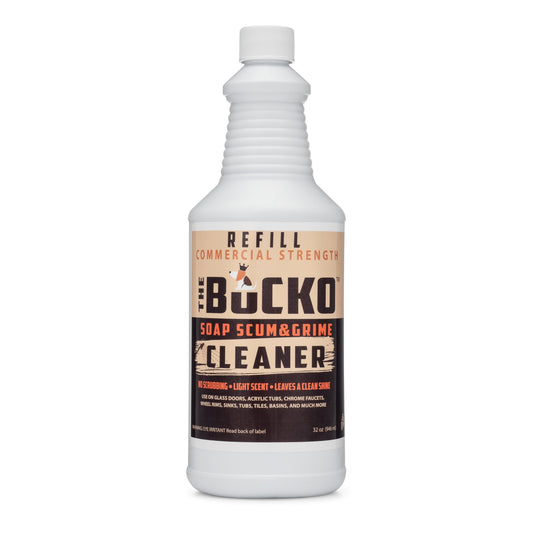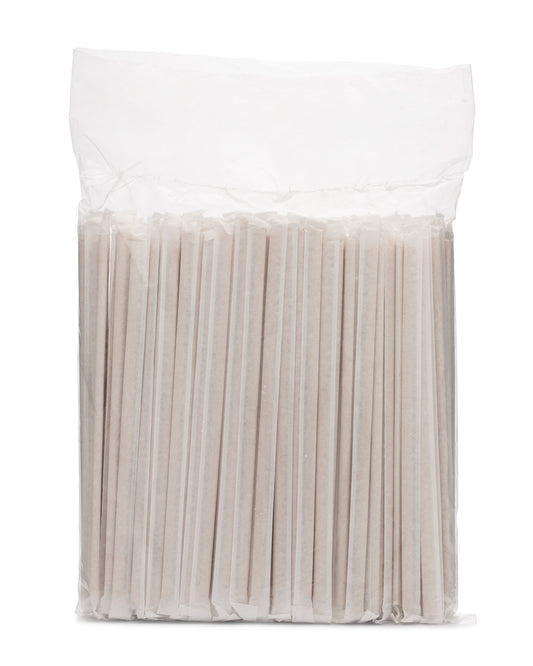
We Wish We Invented This: Hand Sanitizer
Share
Welcome to We Wish We Invented This, a series where we explore products we think are so great we wish we invented them! We also provide hacks that’ll help you save even more time and money when using these products.
Today, we will be exploring hand sanitizers.
First off, what exactly is hand sanitizer?

Photo by Kelly Sikkema on Unsplash
You see them everywhere—drugstores, classrooms, hospitals, and even libraries. They’ve also become a hot commodity. What makes them popular?
Hand sanitizers are thick, alcohol-based, liquid gels that provide the convenience of cleaning your hands without the need for water and soap.
While they do not completely eliminate hand-washing (which is still very highly recommended), hand sanitizers have revolutionized the way we keep our hands and even surfaces squeaky clean.
All you have to do when you see a hand sanitizer dispenser or a bottle is to squeeze enough that’ll coat your entire hand, spread it around as if you are actually washing your hands, and wait at least 15 seconds for your hands to dry.
What’s the science behind it?

Photo by Kelly Sikkema on Unsplash
The active ingredient in hand sanitizer is alcohol. According to the Centers for Disease and Control, sanitizers with an alcohol concentration between 60-95% are most effective at killing germs.
The main difference between hand sanitizers and handwashing is how they reduce bacteria. Hand sanitizers reduce the level of bacteria by killing them, while handwashing with soap physically removes the bacteria from the skin. Both practices are encouraged.
While no official scientific study has been conducted to prove whether hand sanitizers have actually reduced illness, many other studies have suggested that hand sanitizers do prevent infections by killing transient pathogenic bacteria.
Who invented them?
In 1966, registered nurse Lupe Hernandez invented hand sanitizers when she discovered that alcohol could be transformed into a gelatinous form. However, they were primarily used in hospitals and medical settings.

Photo by KRQE Media
It wasn’t until 1988 when cleaning product company Gojo invented PURELL, an ethyl alcohol-based, waterless hand cleaner. However, it didn’t take off right away. John Nottingham of design firm Nottingham Spirk, who helped PURELL develop branding, logo, and packaging, recommended making PURELL’s packaging clear and to add bubbles to the formula to give the hand sanitizer an “appealing, fresh, and clean aesthetic.”
With these adjustments, PURELL officially entered the consumer market in 1997 and became a game-changer. Today, they are considered America’s #1 Hand Sanitizer and can be found around the world in drugstores, convenience stores, any store really.
Some other major players in the hand sanitizing space include Bath & Body Works and Germ-X.
How have they impacted us?

Photo by Nathan Dumlao on Unsplash
Hand sanitizers have revolutionized the way we keep our hands and surfaces clean. The biggest contributions hand sanitizers have provided are time, efficiency, and convenience.
Everywhere we go, especially hospitals, classrooms, and malls have a hand sanitizer dispenser to minimize the spread of germs and disease. Some commercial products have elevated their hand sanitizers to include ingredients that reduce dry skin and irritation.
Additional studies have shown that the risk of spreading gastrointestinal and respiratory infections have also decreased among families who regularly use hand sanitizers. Adding hand sanitizers to classrooms have also helped reduce the number of absent students by 20%.
While we still have to wash our hands, the portability and convenience of hand sanitizers have made the battle against germs a lot easier.
Hacks
While we can’t reinvent hand sanitizers (the closest thing we got is The Bucko Soap Scum and Grime Cleaner for bathroom stains), below are some tips and tricks that could help you get even more out of your product.
- Make your own hand sanitizer

Photo by Kelly Sikkema on Unsplash
We love a little DIY project, especially now as hand sanitizers become harder to find.
To make your own hand sanitizer, you’ll need
- 2/3 cup of 99% rubbing alcohol or ethanol
- 1/3 cup of aloe vera gel
- 8 to 10 drops of essential oil (like lavender or vanilla)
Mix the contents together in a bowl, then use a funnel to get it into a clean, empty bottle for use. The great thing is they don’t expire for 3 years.
- Get rid of marker stains

Photo by Kelly Sikkema on Unsplash
Squirt your hand sanitizer around the edges of the stain and work your way in. Let it sit for 5 minutes for fabric and 10 minutes for hard surfaces before wiping clean. Yes, you can also get rid of permanent marker stains!
- Use as deodorant

Photo by Deodorant Advisor
While your hand sanitizer might not smell like your favorite deodorant brand, it still does the job of killing the germs that cause the stink. If you need a quick fix but don’t have any deodorant on you, hand sanitizers will do the trick.
- Cleaning around the house

Photo by Gustavo Fring
Because of its alcohol content, hand sanitizers are great for cleaning household items and wiping down surfaces. It wipes away dirt, evaporates quickly, and it’s also safe to use for cleaning computer keyboards.
- Remove sticky labels

Photo by Better Homes & Gardens
Need to remove a sticky label or have some of that annoying sticky leftover from when you tried? The alcohol content in hand sanitizer de-sticks the adhesive in sticker glue. Just rub a bit onto the spot, let it sit for a couple of minutes, then use a coin to scrape it off.
If there’s a product you’re interested in learning more about, please let us know in the comments down below or email us.










